PDF chapter test TRY NOW
Discovery of magnets:
Magnet was first discovered in Ancient Greece by a shepherd named Magnes. While taking his goats and sheep for grazing to a mountain, he used to carry a stick with a small piece of iron attached to it. One day his stick got attracted to a rock, and it was hard for him to pull it back. He noticed that the rock was a natural magnet which was attracted to the iron tip of the stick.

Magnes with a stick
Thus, the natural magnet was discovered and named after the shepherd as magnetite. But some people believed that it was first discovered at a place called Magnesia.
Magnets and their types:
Magnets are the naturally occurring substances with the property of attracting iron.
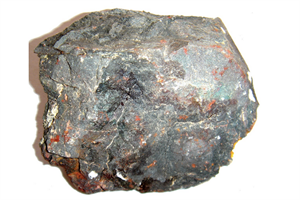
A magnet
It is found that naturally occurring rocks have the property of attracting small pieces of iron. Hence, they are called as natural magnets. They are permanent magnets in nature.
Nowadays, artificial magnets are also made in different shapes from a piece of iron. Sometimes, they behave like a temporary magnet.
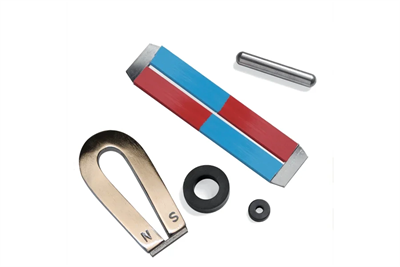
Horseshoe magnet, ring magnets, bar magnet, and cylindrical magnet
Magnetic effect:
In the experiment to show the attracting property of magnet, we require a small magnet, a paper or a plastic cup, a thread, a paper and an iron clip.
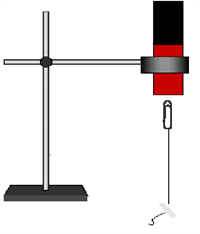
Experimental set-up
- Cover a magnet with a paper and place it inside a plastic or a paper cup.
- Fix the cup on a stand with the help of a clamp.
- Attach a thread of short length to an iron clip and fix the other end at the base of the stand.
- When you bring the clip near the base of the cup, it is raised in the air without any support.
This shows the attracting property of magnets.
Types of materials:
Magnet attracts only certain materials, and some it does not. The materials are categorised into two types. They are,
Magnetic materials:
The materials that are attracted towards a magnet are called magnetic materials.
Iron, nickel and cobalt are called magnetic materials. Magnetite or Lodestone is a first known natural magnet which contains iron.

Iron
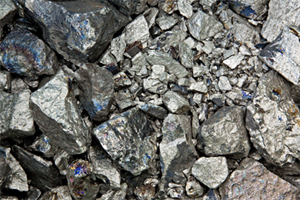
Nickel
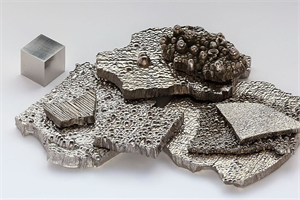
Cobalt
Non-magnetic materials:
The materials that are not attracted towards a magnet are called non-magnetic materials.

Leather

Paper

Plastics
Iron filings:
When a magnet is rubbed in the sand or soil, some particles stick to the magnet. The magnet is shaken well to remove these particles of sand or soil. But, still, a few particles stay in the magnet.
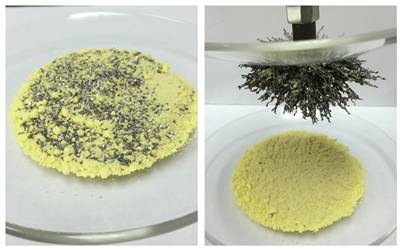
Iron filings mixed in sand gets attracted by a magnet
These particles are nothing but small pieces of iron called iron filings from the soil. This way we can see whether the soil or sand from a given place contains iron particles or not.
Reference:
https://upload.wikimedia.org/wikipedia/commons/3/3d/Indian_rope_trick.png
